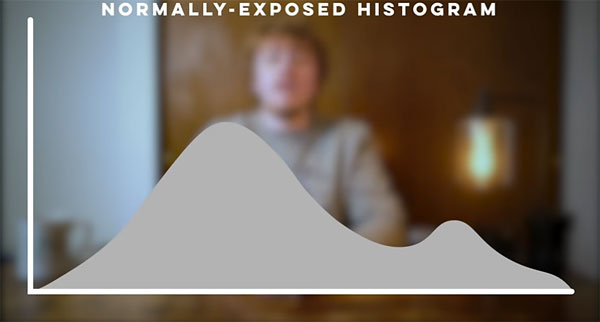Camera Basics: Using “Expose to the Right” for Higher Quality Photos (VIDEO)

Sometimes our brief Camera Basics tutorials are helpful for novices and experienced shooters alike, and this quick video falls into that category. In this episode you’ll learn how to employ the concept of “Expose to the Right” (ETTR) to easily make higher quality photographs.
If you’ve watched the tutorials we’ve shared in the past from Vincent Ledvina, you know why they’re unique and why we like them so much. If this is your first Ledvina episode, you’re in for a treat.
What makes Ledvina’s videos so different and compelling is that he uses his unique combination of skills as a photographer and an animator to simplify often-complicated concepts so you can put them to work immediately.

Today Ledvina explains the technique of ETTR, using his signature graphics to make everything easily understandable. This technique uses your camera’s histogram, which is an often-overlooked tool for verifying correct exposure. Ledvina’s trick is that he employs the histogram in a somewhat unorthodox way.
As Ledvina explains, a histogram skewed to the left indicates under exposure, while overexposure produces a right-skewed histogram. As you may have guessed, you’ll typically see a balanced histogram when you’ve chosen a “proper” exposure—with most total detail falling in the center.
By exposing to the right you’re attempting to push the peak of the histogram (the part of the image with the most prevalent tones) further right than “normal,” without blowing out any highlights.

Ledvina explains that by using this approach your image may initially appear overexposed. “But when processed back to the correct brightness, the photo will contain more total information and less noise in shadow areas—thereby maximizing image quality.” And that’s what we all want, right? So set aside seven minutes to watch how it’s done.
You can find more great tutorials on Ledvina’s YouTube channel. And if you like his unique approach, check out another video we posted, explaining the concept of Dynamic Range and how it affects your photos.
- Log in or register to post comments








































